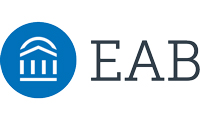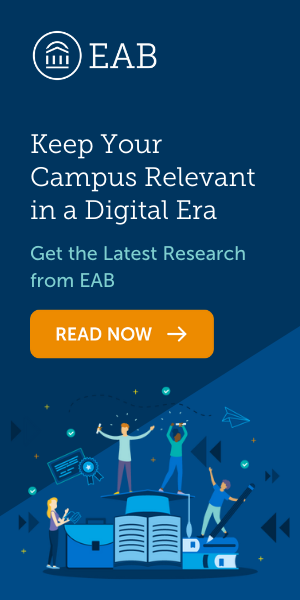The pandemic could have signalled a disaster for higher education, but universities have sought new and innovative ways to increase international partnerships
When global higher education research firm EAB looked into the effects of the pandemic on international partnerships, analysts “fully expected to hear sad stories, difficulties and challenges”, explains the firm’s director of research, Jon Barnhart.
Instead, they heard positive examples from “extremely resilient, innovative and talented research individuals at universities across the globe who had not just weathered the pandemic, but had found a silver lining”, Barnhart said.
During a session for THE Live ANZ 2021, held in partnership with EAB, Barnhart presented evidence of how universities are reimagining their international strategies – in research, recruitment and student experience – as they transition out of the Covid-19 crisis.
For every challenge faced by academics during this time – international travel restrictions, slower recruitment, halted lab trials – Barnhart said there was evidence of “equal if not greater gains made”.
The rapid expansion of the digital campus and research collaborations moving online were listed as examples of significant progress made by universities in the past year, along with a deepening of ties between institutions as they shared knowledge and the strategies of their emergency responses to the pandemic.
The new partnerships being made today were visibly more “integrated and strategic”, he added. “Universities had the opportunity to revise strategies and were able to innovate and deploy new models, experimenting with new types of collaboration. There was a degree of flexibility and forgiveness.”
Through its research, EAB began talking to Amanda Sayan, director of partnerships at the University of Sydney, about some of the successful practices introduced by her own institution.
According to Sayan, the University of Sydney made use of seed funding to create “alliances with like-minded universities that shared the same strengths in research”.
One simple but effective move towards this, she explained, was physically placing the university’s office for global engagement within its office for research to encourage crossover. “We can also lean on our colleagues in the research office because we really want to help identify international schemes that our researchers can leverage throughout priority partners,” she said.
A goal for the university going forward will be increasing international student engagement, including exchange programmes with partner institutions abroad, she said, a benefit that had been noticeably missed by students during the pandemic.
“What we’re seeing is far better integration of the four most important assets [for globalisation]: academic partnerships, student mobility, faculty exchange and mobility, and research partnerships,” Barnhart concluded.
The result, he said, was that universities had “pushed further and faster ahead than anticipated...The momentum is not slowing down.”
Watch the session on demand above or on the THE Connect YouTube channel.
Find out more about EAB.








